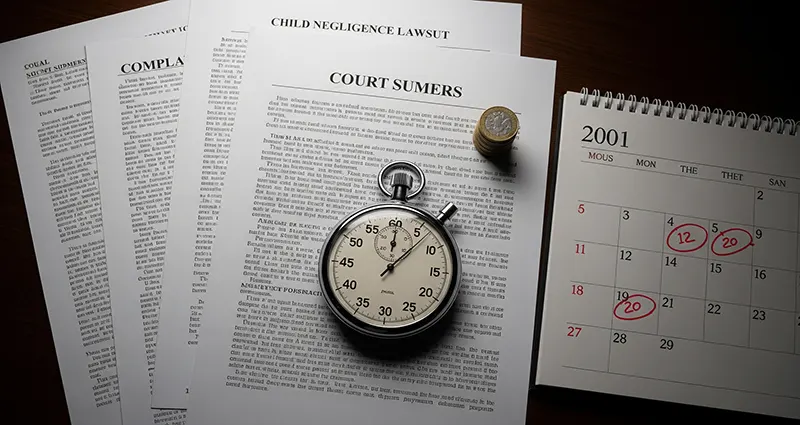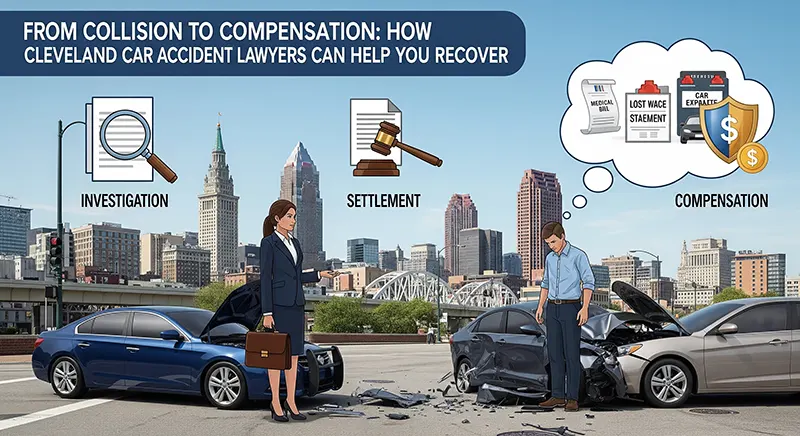Understanding the Timeframe for Child Negligence Lawsuits in Malang: Time Limits and Legal Considerations
When a child in Malang suffers injury or loss due to negligence, their parent or guardian may wish to file a lawsuit to seek redress. However, one of the most crucial factors in any legal case is the time limit for filing a lawsuit, known as the ” statute of limitations .” Understanding these rules in Indonesia is a vital first step in ensuring your child’s rights are protected.
The Concept of Statute of Limitations for Lawsuits in Indonesian Civil Law
In Indonesia, civil lawsuits for damages, including those arising from child negligence, are regulated by the Civil Code (KUHPerdata) . Article 1365 of the Civil Code is the legal basis for filing a lawsuit for “unlawful acts” (onrechtmatige daad), which includes negligence.
Generally, under Indonesian civil law, the statute of limitations for tort claims is 30 years . However, there are several important nuances and exceptions, particularly in cases … Read the rest >>>













